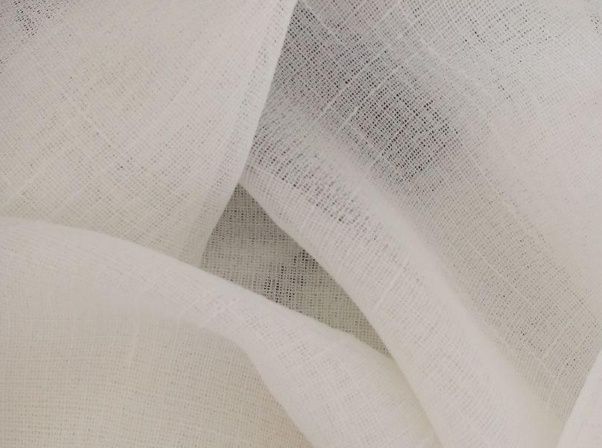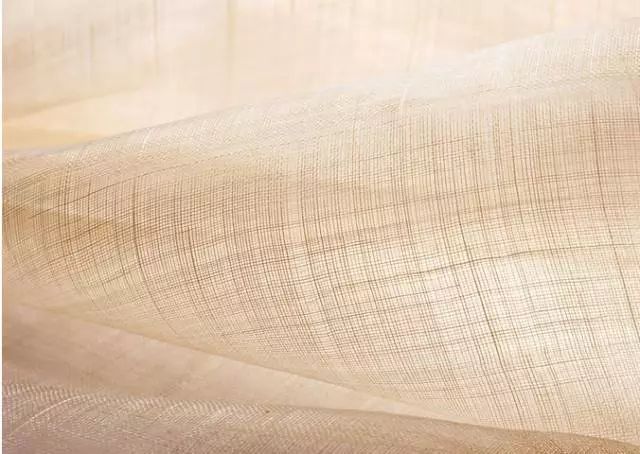Line fabric is one of the main types of summer clothing and is also a commonly used fashion fabric in current fashion clothing. The texture of linen fabric is as light and cool as linen, hence the name linen.

Linen is actually a light and thin cotton fabric with thin longitudinal stripes on its surface. The raw material is pure cotton yarn or cotton and linen blended yarn, and the fabric is woven from these gauze. In summer, linen fabrics have a wide range of uses. Linen fabrics include printing, bleaching, yarn-dyed fabrics, dyeing, etc. There are many types of linen fabrics, so they are suitable for making skirt materials, men’s and women’s shirts, handkerchiefs and decorative fabrics.
According to the structure of the weave, linen yarn can be divided into ordinary linen yarn and fancy linen yarn:
1. Ordinary linen yarn: Generally, weft weight flat weave is used, and warp yarns are No. 18 to 13. The weft yarn density is 10% to 15% higher than the warp yarn density, resulting in obvious straight lines in the warp direction of the cloth.

2. Fancy hemp yarn: It is a hemp yarn fabric made by arranging and weaving warp yarns of different numbers and changed warp yarns. Its types include modified linen yarn, different warp linen yarn, wicker linen yarn and other varieties. Varied linen yarns include various changed tissues, with thick and prominent textures and stiff cloth body; different warp linen yarns are arranged at cyclic intervals of single warp yarns and double warp yarns of different numbers, making the stripes on the cloth surface clearer and more prominent. Wicker linen yarn is arranged with some gaps at certain distances in the warp yarns. The cloth surface shows small gaps. The texture is fine and light, with a cool and smooth feeling. Most of the raw materials of linen yarn are pure cotton yarn. Since the 1960s, , due to the rapid development of the chemical fiber industry, high-quality blended linen yarn raw materials such as polyester and linen, polyester-cotton, and polyester-cotton have emerged.




